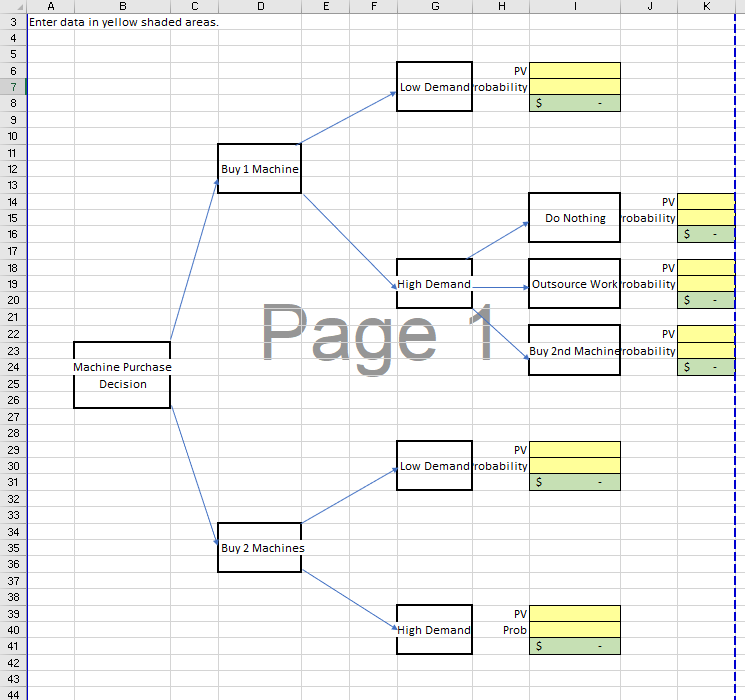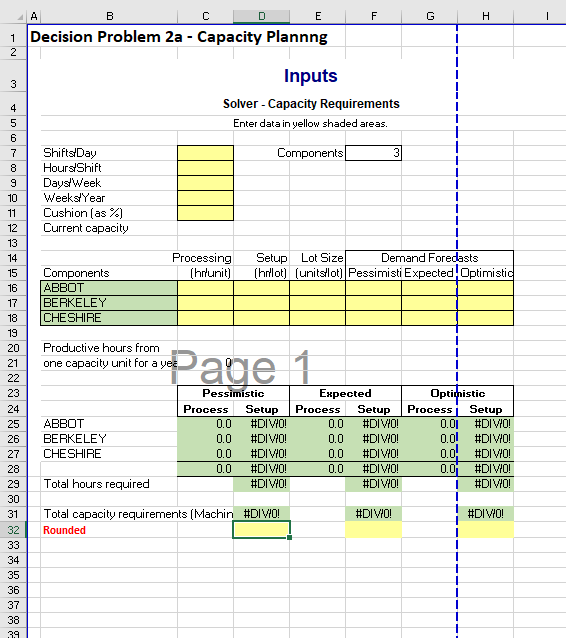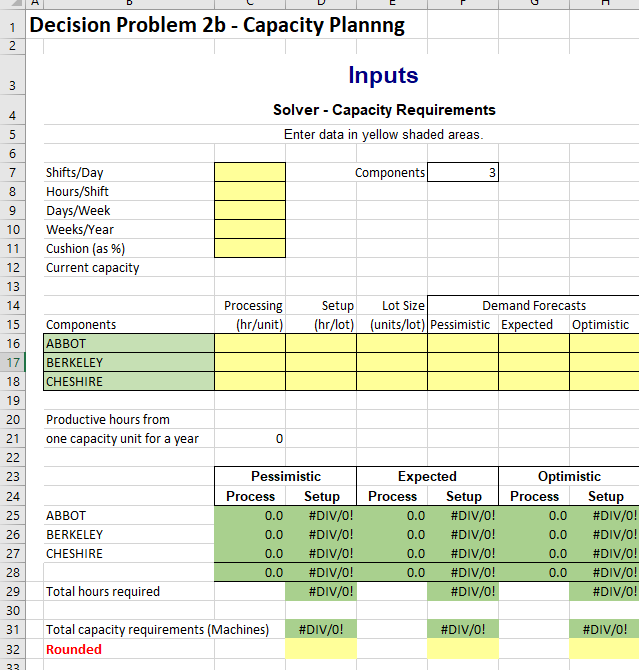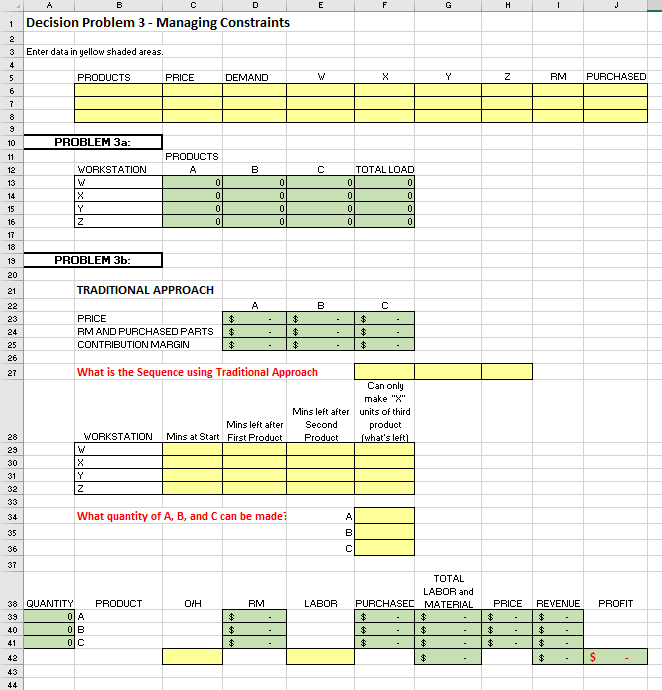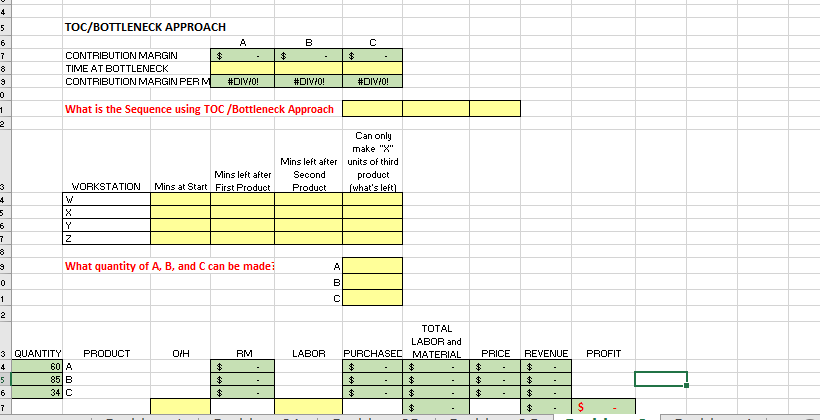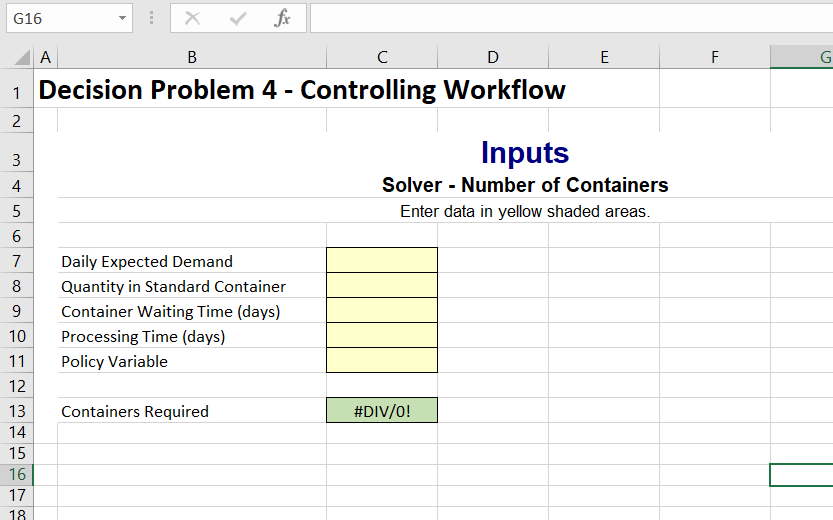Olde World Windows and Doors is a manufacturer of steel windows and doors for both residential and
Question:
Olde World Windows and Doors is a manufacturer of steel windows and doors for both residential and commercial applications. The following problems are decisions that senior management faces in addressing capacity and throughput challenges to optimize performance. The problems require you to draw on what you have been reading in Operations Management: Processes and Supply Chains, specifically: ? Supplement A: Decision Making (pp. 35-45) ? Chapter 2: Process Strategy and Analysis (pp. 53-67) ? Chapter 4: Lean Systems (pp. 143-167) ? Chapter 5: Capacity Planning (pp. 177-190) ? Chapter 6: Constraint Management (pp. 219-237) Note: You are encouraged to review these chapters before you begin to work on the problems. DECISION PROBLEM 1: Buying Additional Machines Reminder: Successful businesses leverage operational processes that support their business strategy. If the business sells mostly customized products, highly standardized assembly-line processes are less likely to be efficient because of the setup time required. However, if large lots are produced to the same specifications, automation can be a cost-effective solution even with high initial capital costs. The fabrication manager at Olde World says that the purchase of new equipment is required. The company is willing and able to make the capital investment necessary to purchase a computerized steel cutter but is debating whether to purchase a single cutter or buy two cutters. The finance department is in favor of purchasing just one cutter for now and then reassessing in six months based on demand. While this sounds reasonable, there are two potential drawbacks: (1) it takes six months from order to delivery to get the cutter, and (2) the vendor is willing to offer a discount if Olde World purchases two cutters. To evaluate the options, the CFO and the VP of Sales review the sales forecasts to identify the most likely demand scenarios using the following information: JWI 552: Getting Your Customers What They Need Application Activity 1 ? Strayer University. All Rights Reserved. This document contains Strayer University confidential and proprietary information and may not be copied, further distributed, or otherwise disclosed, in whole or in part, without the expressed written permission of Strayer University. JWI 552 ? Application Activity 1 (1218) Page 2 of 8 ? There is a 25% probability that demand will be low and a 75% probability that it will be high. ? If two cutters are purchased, the net present value (NPV) is: o $100,000 if demand is low o $190,000 if demand is high ? If only one cutter is purchased: o If demand is low, the NPV is $140,000 o If demand turns out to be high, there are three decisions the company could make: ? Don?t do anything ? which means the NPV remains at $140,000 ? Outsource some of the cutting work ? which would result in an NPV of $160,000 ? Buy the second machine ? which would result in an NPV of $150,000 To help management evaluate their choices: A. Enter the data above into the decision tree in the Application Activity 1 Workbook to evaluate the purchase options management is considering. B. What decision would you recommend to maximize expected returns for this scenario, and what payoff would result from that decision? C. Identify other operational considerations that must be addressed to evaluate whether the purchase of additional machines supports or conflicts with the business strategy of Olde World Windows and Doors (Note: you may make and state assumptions about the business strategy). Explain why these considerations are important to making a good decision that supports your stated business strategy. DECISION PROBLEM 2: Capacity Planning to meet Uncertain Demand Reminder: Demand uncertainties are the root of all capacity planning challenges. Excess capacity results in waste if equipment, inventory, or personnel are idle. Insufficient capacity results in the loss of business and the potential loss of sales to competitors who can meet customer demand. Olde World produces three different types of window frame profiles ? the Abbot, the Berkeley, and the Cheshire. It is known that one specific machining center is the production bottleneck for all three frames. Olde World's production facility operates five days a week and has three 8-hour shifts. The facility is open for 50 weeks a year. Below are the time standards, lot sizes and demand forecasts for the Abbot, the Berkeley, and the Cheshire. Since there is always some uncertainty in demand, the fabrication manager considers three different forecasts ranging from pessimistic to expected to optimistic. The manager has determined that a 20% capacity cushion is optimal. JWI 552: Getting Your Customers What They Need Application Activity 1 ? Strayer University. All Rights Reserved. This document contains Strayer University confidential and proprietary information and may not be copied, further distributed, or otherwise disclosed, in whole or in part, without the expressed written permission of Strayer University. JWI 552 ? Application Activity 1 (1218) Page 3 of 8 Time Standard Demand Forecast Frame Processing (hours/unit) Setup (hours/lot) Lot Size (units/lot) Pessimistic Expected Optimistic Abbot 0.06 2.0 50 14,000 16,000 24,000 Berkeley 0.20 4.0 70 9,000 14,000 23,000 Cheshire 0.07 8.0 100 20,000 30,000 42,000 Given the information above, answer the following questions: A. How many machines are needed at the bottleneck machining center for each of the three demand forecast scenarios? B. If the lot sizes were increased by 50%, how many machines at the bottleneck machining center would be needed for each demand forecast scenario? C. Assume lot sizes were not increased. If Olde World has two machines but can find a way to reduce setup time by 90% through process improvements, would they have adequate capacity to meet demand in all three scenarios without any increase in lot sizes? D. Explain which considerations are most critical in developing capacity plans to optimize performance. DECISION PROBLEM 3: Managing Constraints Reminder: A single constraint in a system can impact the entire output as sub-processes sit idle, waiting for work. Identifying and reducing (even eliminating) a single constraint can have a dramatic improvement on performance and profitability. To match the three styles of window frames Olde World produces ? the Abbot, the Berkeley, and the Cheshire ? the company also produces the same three styles of door frames. These are fabricated at four different stations ? W, X, Y and Z. They utilize a batch process that is quite efficient resulting in setup times that are negligible. The process sequence below shows the prices, weekly demand, and processing times for each of the three door styles. The costs for raw materials and any parts that are purchased from outside suppliers are per-unit consumption rates as shown in the inverted triangles. Additional information: ? There is no additional cost or penalty for not meeting the full demand. ? There is one worker at each station who is paid $20/hour and works a 40-hour week. ? Fixed costs for overhead are $10,000/week. JWI 552: Getting Your Customers What They Need Application Activity 1 ? Strayer University. All Rights Reserved. This document contains Strayer University confidential and proprietary information and may not be copied, further distributed, or otherwise disclosed, in whole or in part, without the expressed written permission of Strayer University. JWI 552 ? Application Activity 1 (1218) Page 4 of 8 Based on the information above, answer the following questions: A. Which of the four processing stations has the highest aggregate workload, and therefore, is the bottleneck in the production of doors at Olde World? B. The company cannot always meet the demand for its doors, so the management team must make decisions about what quantities of each door it should produce to maximize profits. Because each of the three door styles has different costs and margins, Olde World has been prioritizing production by using a traditional method of accepting as much of the product with the highest margins up to the demand limit first, and then filling in the production plan with the next most profitable door and then the least profitable door. However, the Theory of Constraints (TOC) may suggest a way to improve profitability. i. How would profits be improved if a TOC/bottleneck-based method for scheduling were used to determine the product mix? Show calculations for both the traditional and TOC/bottleneck methods. ii. Explain why the TOC/bottleneck method is or is not superior for optimizing the profitability of the product mix. DECISION PROBLEM 4: Controlling Workflow and Inventory in Lean Systems Reminder: In Lean systems, Kanbans are used to control the flow of work through a manufacturing or service facility. The size of the Kanban (or container) determines the lot size, and the number of Kanbans determines the work-in-process inventory, which includes safety stock inventory to cover for unexpected requirements. Managers must decide on the number of units in each Kanban and the number of Kanbans required. S t e p 2 S t a t i o n Z ( 1 2 m i n Step 1 Station W (15 min) Step 1 Station W (10 min) Step 1 Station X (12 min) Step 2 Station Z (14 min) Step 2 Station Y (16 min) Step 2 Station W (19 min) Step 3 Station X (12 min) Step 3 Station Z (11 min) Step 3 Station Y (8 min) Door A Raw Materials Door B $11 $8 Raw Materials Door C $14 $3 $4 Door: Cheshire Price: $122/unit Demand: 60 units/week Door: Berkeley Price: $110/unit Demand: 85 units/week S t e p 2 S t a t i o n Z ( 1 2 m i n $5 Raw Materials Purchased Parts Purchased Parts Purchased Parts Door: Abbot Price: $120/unit Demand: 60 units/week JWI 552: Getting Your Customers What They Need Application Activity 1 ? Strayer University. All Rights Reserved. This document contains Strayer University confidential and proprietary information and may not be copied, further distributed, or otherwise disclosed, in whole or in part, without the expressed written permission of Strayer University. JWI 552 ? Application Activity 1 (1218) Page 5 of 8 The final two stages in the assembly of the windows and doors are painting the frames and installing glass ? a process known as glazing. The racks on which the windows and doors are moved all have the same configuration with each holding 5 units per rack. After painting is completed, the painters move the frames into an automatic glazing workstation at the rate of one rack every 15 minutes. However, the painting process often outpaces glazing leaving an excessive number of painted units awaiting glazing. To evaluate how a ?pull? system could improve the painting and glazing processes, answer the following questions: A. How many racks of windows and doors should move between painting and glazing if 290 units are to be completed each 8-hour shift? Assume that the safety stock policy variable ? is 0.15 and the average waiting/handling time is 9 minutes per rack. B. What is the significance of determining the correct number of racks (or Kanbans) between the paint machine and glazing machine? In other words, how does it affect Olde World?s operational competitiveness